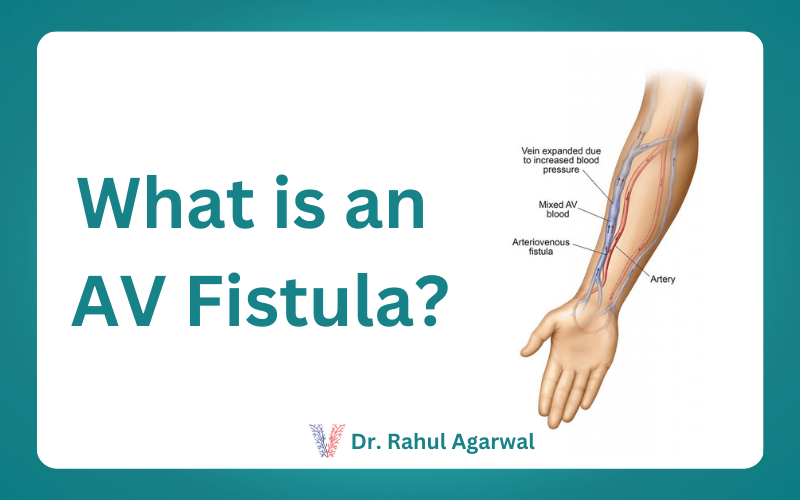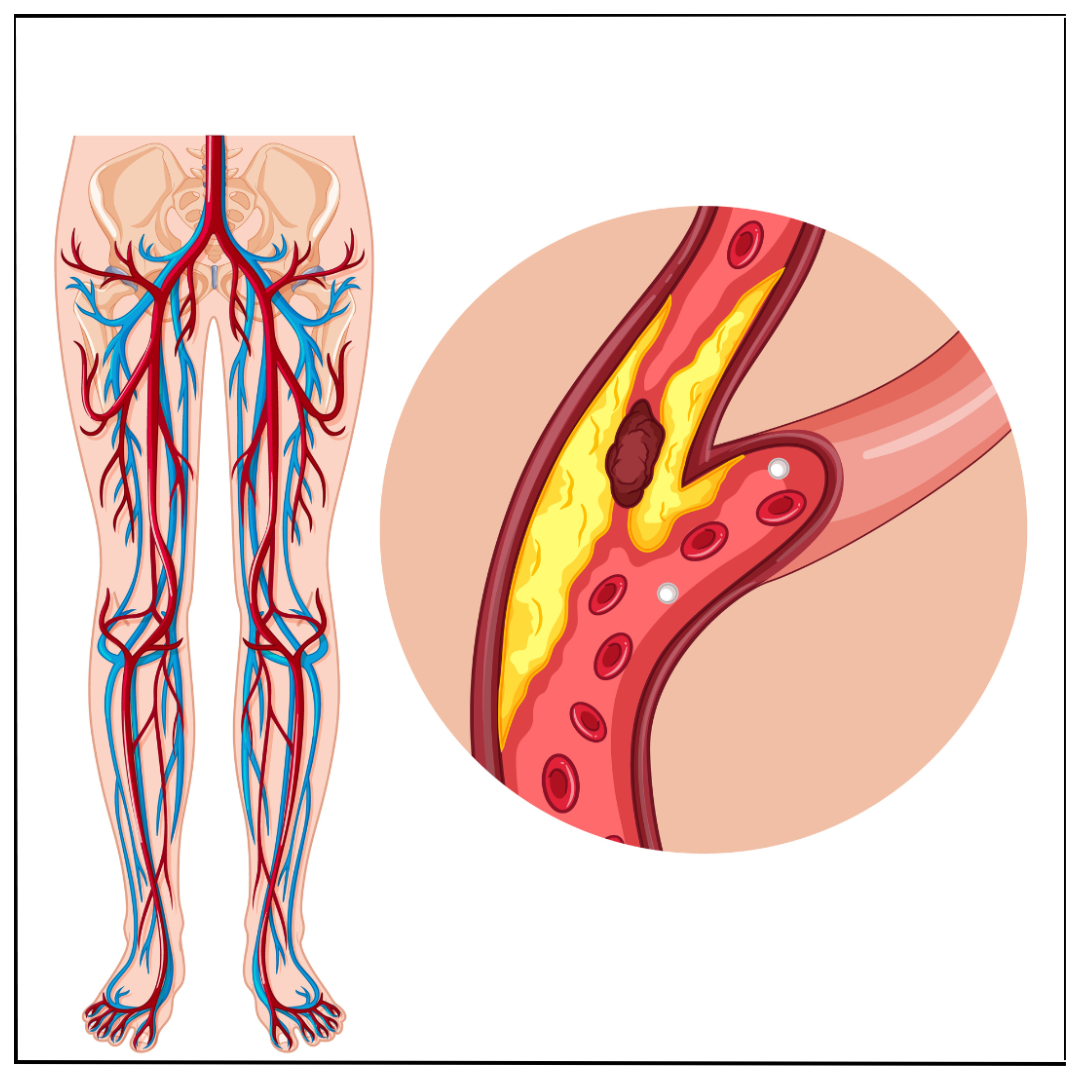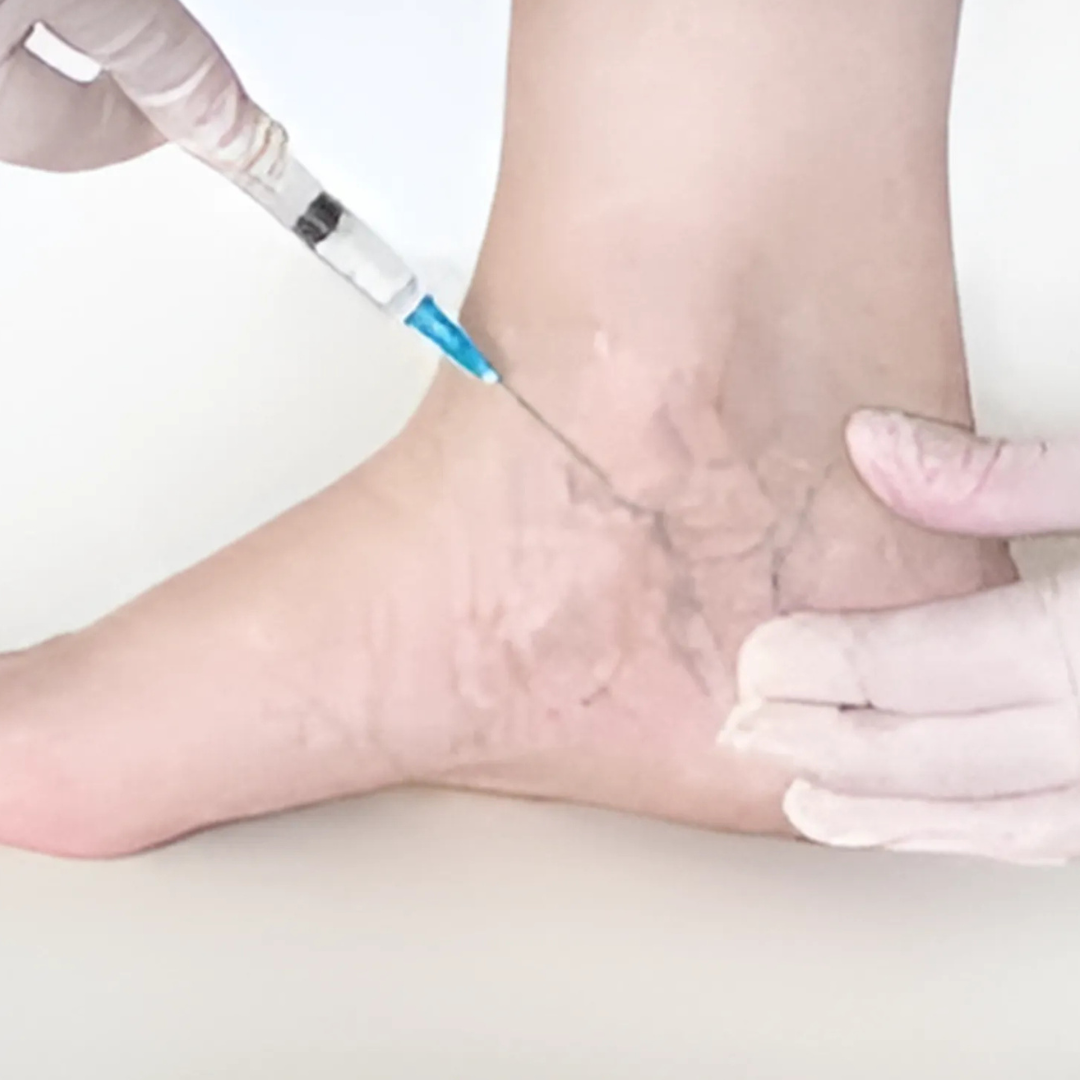If you have been diagnosed with kidney failure and require hemodialysis, your vascular surgeon will evaluate your veins and arteries to determine if it is a suitable option for you. He will also discuss the risks and benefits of the procedure, and provide you with detailed instructions on how to care for your access after the surgery.
Why is it preferred over catheters?
It is considered the preferred form of access for dialysis because it has a lower risk of complications such as infection, clotting, and narrowing than other forms of access, such as arteriovenous grafts or central venous catheters. They also have a longer lifespan and are less likely to require interventions or replacements.
How is suitability for AVFs evaluated?
Before the procedure, a vascular surgeon will perform an ultrasound scan for vein and artery mapping and determine the best location for access.
How does an AVFs function?
Its creation involves connecting an artery to a nearby vein, usually in the forearm or arm. Over time, the increased blood flow through the vein causes it to become larger and more robust, making it suitable for needle insertion. The blood is taken from the vein through a needle puncture, filtered in a dialysis machine, and then given back into the same AVF through a different needle puncture.
What are the different types of AVFs?
The different types are:
A Radio-cephalic Fistula: it is a connection between the radial artery and the cephalic vein in the forearm, making it the most common type of fistula used for hemodialysis.
Brachiocephalic Fistula: It is a connection between the brachial artery to the cephalic vein in the upper arm. It is an alternative to the radio-cephalic fistula when it is not possible to create a fistula in the forearm.
Brachio-basilic: It is a connection between the brachial artery and basilic vein in the arm. This type of fistula required the basilic vein to be transposed or shifted into a more superficial plane in a subcutaneous plane to allow needling for dialysis.
Femoral Fistula: It is a connection between the femoral artery to the femoral vein in the groin and thigh area. It is less commonly used for hemodialysis and is usually reserved for patients with difficult vascular access.
The choice of the type of AV fistula depends on various factors, including the patient's age, vascular anatomy, and medical history. Complications of AVFistula






.png)

 (1).png)
